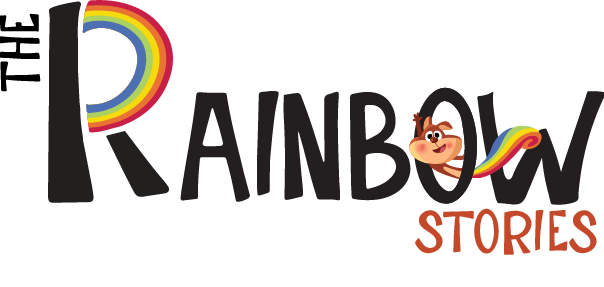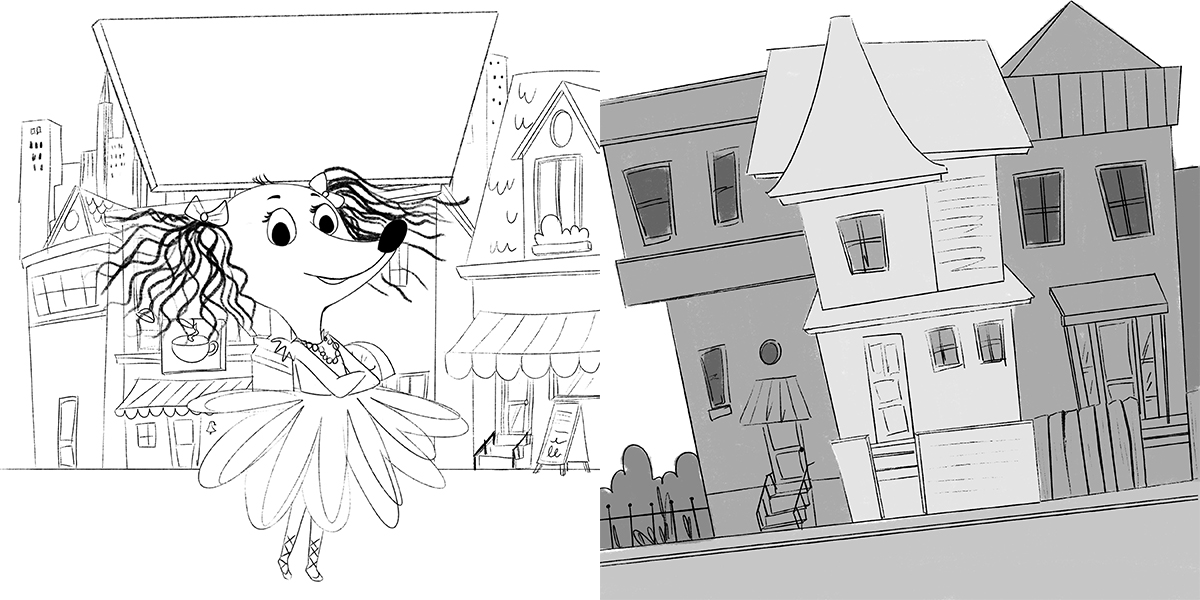Collaborating effectively as a book illustrator with authors and publishers lays the foundation for visually compelling storytelling. Partnerships built on trust and clear communication ensure that your creative vision aligns with the author’s narrative goals and the publisher’s production needs. From setting expectations to navigating revisions and legal agreements, the path to a successful project relies on strong collaboration. By understanding each party’s role—from brainstorming mood boards to coordinating the publishing workflow for illustrators—you’ll foster rapport, streamline creative efforts, and produce a final book that delights readers and meets professional standards.
Define Roles & Set Clear Expectations
Before any pencil meets paper, clarify who does what. Authors, publishers, and the book illustrator should agree on manuscript layout, character needs, and deliverables. Establishing milestones, medium requirements, and deadlines nurtures a smooth publishing workflow for illustrators and creates a foundation for illustrator collaboration tips that keep everyone aligned.
If you’re just starting out in the field, it’s important to understand how to become a book illustrator so you can communicate your process and role clearly in collaborations.
Establish Communication Channels
Effective communication between author and illustrator is vital. Decide together whether email, video calls, or tools like Trello suit best. Set regular check-ins for feedback on roughs, sketches, and revisions. These practices strengthen transparency and trust—cornerstones of any healthy illustrator collaboration tips stack .
Align on Creative Vision
Meeting early to discuss tone, audience, and visual references supports a unified style. Creating mood boards or sample sketches ensures authors feel heard and illustrators have clarity. This shared vision fosters respect and makes book illustrators–author dynamics more cohesive and creative.
Collaborators can benefit from reviewing the visual and stylistic differences in formats such as children’s book illustration vs graphic novel illustration to align expectations from the start.
Navigate Feedback & Revisions Gracefully
Feedback is part of the creative process in book illustration, not a hurdle. Plan review stages—thumbnails, roughs, final art—with limited revisions at each stage. Staying professional and responsive while advocating for your artistic integrity is essential. Such illustrator collaboration tips help reduce friction and align trust.
Formalize Contracts & Legal Terms
An airtight contract is part of a successful publishing workflow for illustrators. Cover scope, timeline, fees, copyright, and usage rights upfront. Include clauses for additional changes or licensing terms. Clear agreements empower a book illustrator to focus on creativity with legal security.
Bring Your Children’s Story to Life with Magical Illustrations
Partner with talented Book illustrators who specialize in creating lovable characters and enchanting scenes for picture books and early readers.
Stick to Production Standards
Follow publisher specs for file formats, resolution, and color profiles. Tracking tasks in Asana, Trello, or Google Drive keeps the publishing workflow for illustrators transparent and prevents version confusion. Precise deliverables demonstrate professionalism and reliability.
Build Strong Relationships
Long-term success for a book illustrator depends on nurturing client bonds. Agencies like SCBWI encourage ongoing networking and community support. Stay in touch after the project ends, share post-launch assets, and offer updates or seasonal ideas. These illustrator collaboration tips help refresh interest in future work.
If you’re still working on building your reputation, start by creating a strong book illustrator portfolio to attract publishers and authors who value collaboration.
Promote the Final Book Together
Collaborating doesn’t end at delivery. Co-host virtual events, share social posts, or create process videos. Visual assets like character sketches and cover art are powerful marketing tools. These illustrator collaboration tips help boost visibility and show publishers and authors that you’re a committed partner.
Handle Creative Conflicts with Respect
When disagreements happen, return to the shared vision. Ask, “How does this serve the reader?” and find a compromise. Trust and mutual respect—central themes in illustrator collaboration tips—turn conflict into creative breakthroughs.
At The Rainbow Stories, we champion meaningful creative partnerships that bring characters, visuals, and entire story worlds to life.
Case Studies & Best Practices
Successful collaborations offer insight. For example, in Americus, illustrator Jonathan Hill received a full script from the author and edited via a private blog—no phone calls needed. Full sketches and clear briefs paved the way. Another hybrid creator, Oliver Jeffers, balances personal illustration with partnerships through consistent visual voice.
For illustrators still honing their craft, investing time in building essential skills for book illustrators—like visual storytelling, character development, and revision flexibility—can lay the groundwork for more successful collaborations.
Feedback Loop & Post-Project Follow-up
Great book illustrator relationships value follow-up: discuss what went well, what could improve, and next steps. Ask for a testimonial or introduction, and share launch metrics or reader feedback. These reflections seal trust and can spark new collaborations.
Summary
As a book illustrator, mastering these illustrator collaboration tips is key to a successful creative career:
| Tip | Benefit |
|---|---|
| Define roles early | Prevents confusion, aligns workflows |
| Choose clear communication | Speeds feedback, builds trust |
| Align on vision | Ensures style consistency |
| Structure revision rounds | Protects time and creativity |
| Formalize legal agreements | Provides clarity and rights management |
| Follow production guidelines | Meets publisher expectations |
| Maintain relationships | Increases repeat work |
| Promote collaboratively | Enhances reach |
| Resolve conflicts respectfully | Builds mutual respect |
| Follow up after launch | Solidifies bonds and future opportunities |
Conclusion:
Collaborating as a book illustrator with authors and publishers offers immense creative potential—but thrives only when built on trust, mutual respect, and clear communication. Like Jared C. from WriteSeen points out, the best partnerships “fuel creativity and bring stories to life” through shared vision and structured workflows. Stages like brainstorming, storyboarding, and iterative revision are opportunities—not obstacles—for co-creation, enabling a cohesive end product .
When disagreements arise, return to the core creative goal and seek compromise that benefits the story, rather than sidelining a collaborator .Remember, successful illustrator collaboration tips aren’t just about process—they’re about forging enduring relationships rooted in respect. Enjoy the journey, embrace creative synergy, and before you know it, you’ll be working with trusted clients, harmonized teams, and book launches that highlight the power of collaboration in both art and storytelling.







